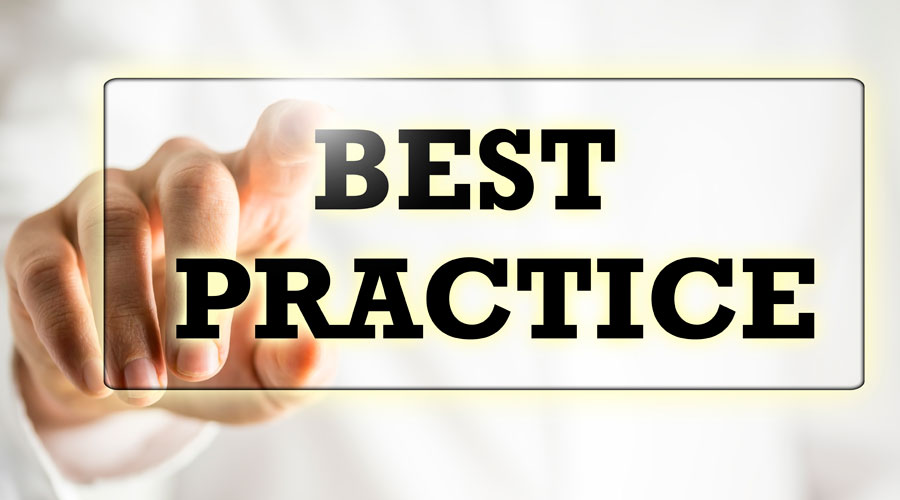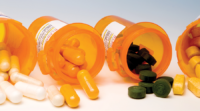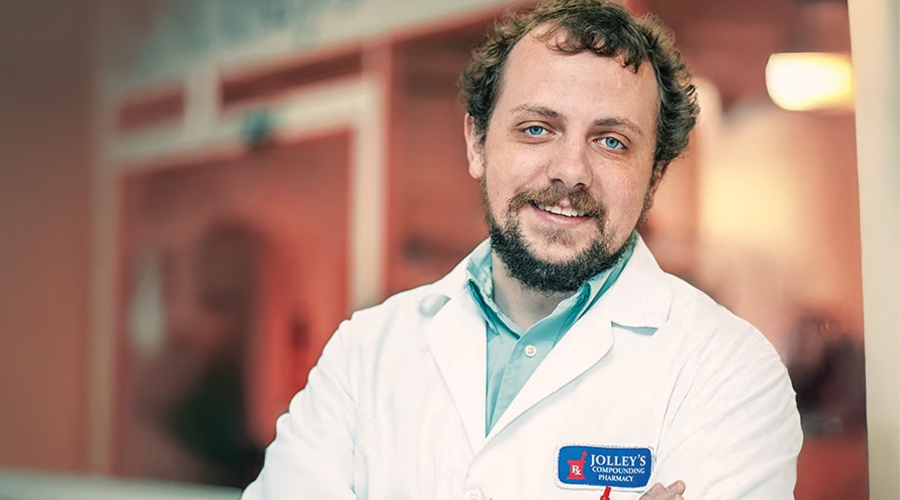Success in your independent community pharmacy doesn’t require you to reinvent the wheel.
Instead, examine the most successful, profitable and innovate practices other independent community pharmacies use, and see if you can apply those approaches to help your business grow.
Here’s a look at some best practices other independent community pharmacies use.
1. Create niche front-end departments
One best practice independents are using to stand out from national chains and big box store pharmacies is incorporating niche departments into their front ends.
“One of the biggest things with independent pharmacy is trying to find your niche—what sets you apart from the others,” said Tyler Ruby, Pharm.D., staff pharmacist at Everett Pharmacy in Everett, Pa.
Ruby, along with Everett Pharmacy owners Karen Iseminger, R.Ph., and Dan Iseminger, R.Ph., had a personal interest in sports, which led them to select sports nutrition as their pharmacy’s front-end niche.
Their sports nutrition section includes products that support athletes and supplement workouts including protein powder, mass gainers, electrolyte drinks, and protein bars.
The pharmacy is becoming known for this section, and they recommend promoting your niche service to an interested population. For example, the sports nutrition section appeals to frequent gym-goers and runners who participate in 5K races.
Read more about Everett Pharmacy’s sports nutrition section.
2. Embrace technology
Maximizing efficiency and minimizing errors is a best practice in many pharmacies that utilize robotics in their workflow.
“There’s a certain amount of chaos in a pharmacy that doesn’t have automation,” said Mike Coughlin, president and CEO of ScriptPro, a company that develops robotics-based pharmacy management, workflow and telepharmacy systems.
“You put a robot in that same environment and all of a sudden the work just flows through quicker,” he said. “Nobody has to tell the robot what to do. It automatically does the job.”
For example, robots can cut filling time for two prescriptions and one inhaler by five minutes, which will free you and your staff to spend more time interacting with patients and working on other high-level tasks. Robotics can also eliminate errors and cut staffing costs.
Read more about how robotics can improve efficiency in your pharmacy.
3. Promote your high-margin services
Koby Prater, Pharm.D., owner of Prater’s Pharmacy in Seneca, Mo., and Tim Mitchell, R.Ph., owner of three community pharmacies and a medical equipment store in Neosho, Mo., not only provide high-margin services to patients—they promote them.
Recently, Prater and Mitchell promoted the importance of getting a flu vaccination and marketed their services by participating in a segment at a local T.V. station.
Prater and Mitchell appeared on KSNF, a local Missouri news station, to promote their flu shot programs. They also explained the benefits of getting a flu shot at a pharmacy and busted myths about flu vaccines.
Promoting your high-margin services isn’t as hard as you might think. Take a cue from Prater and Mitchell and reach out to your local media.
Watch Prater and Mitchell promote their services while vaccinating local T.V. news personalities on-air.
4. Serve high-need communities
Some patients have conditions that are more profitable than others, and while every patient is equally important to you as a pharmacist, recruiting patients from these high-need communities is a best practice for independent pharmacy businesses.
For some pharmacies, patients with diabetes might be the ideal high-need community to serve.
“Typically, a patient with diabetes will visit the pharmacy more often than a person who doesn’t have diabetes,” said Michael Schlanger, senior marketing manager – channel marketing at Nipro Diagnostics, a manufacturer of blood glucose systems and supplementary health and wellness products for people with diabetes. “They fill more prescriptions, and they have more co-morbidities that go hand-in-hand with it.”
Carrying high-margin supplementary diabetes products, such as syringes, glucose products, skin care products and lancets, can boost your pharmacy’s bottom line, and establish your pharmacy as a one-stop shop for all of the many needs of the diabetic community.
Learn more about how to serve the education, care and product needs of patients with diabetes in your pharmacy.
5. Customize the experience
All pharmacies generally dispense the same products, but turning that commodity into an experience is a best practice among successful pharmacies.
“Amoxicillin is the same drug in 60,000 pharmacies across the country, but the pharmacies that choose to engage with customers, by asking children to choose how their medication will taste, they’re turning that commodity into a service,” said Chris Cielewich, vice president of independent accounts at FLAVORx, a company that allows customers to personalize the taste of their medication in pharmacies. “And, ultimately into an experience.”
Learn patients’ names, spend time counseling them, and offer to flavor their medication to make the medicine-taking experience customized and simpler for parents and sick kids.
Flavoring is a small gesture that can set your pharmacy’s product apart from others, and it’s an experience parents will use again.
Learn how to make flavoring a best practice in your pharmacy with FLAVORx.
Discover more practices and strategies to grow your independent community pharmacy business.












